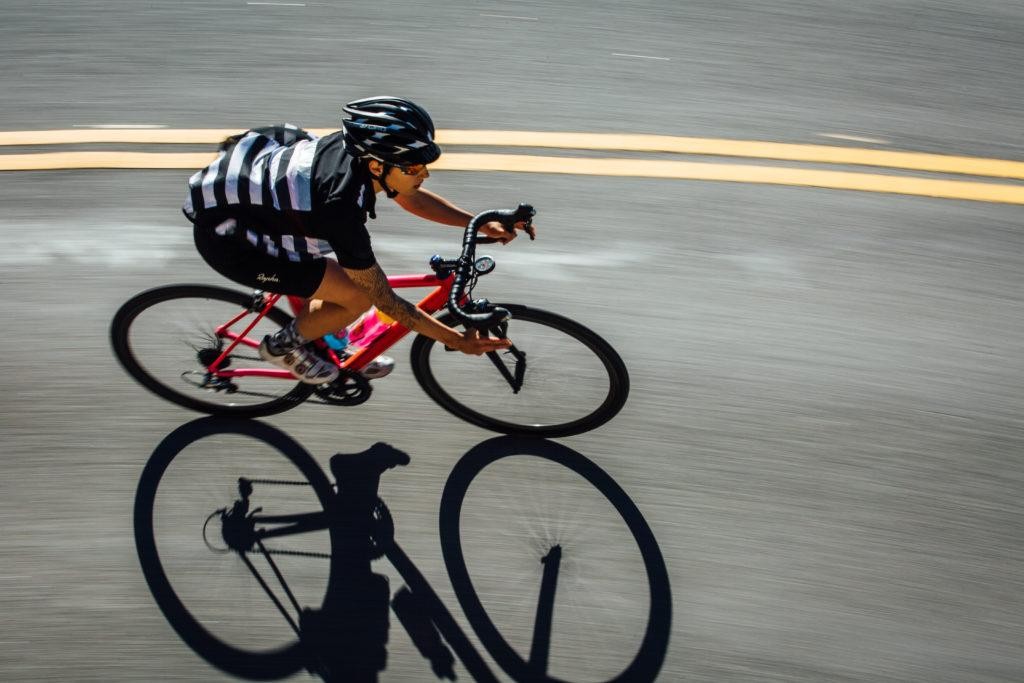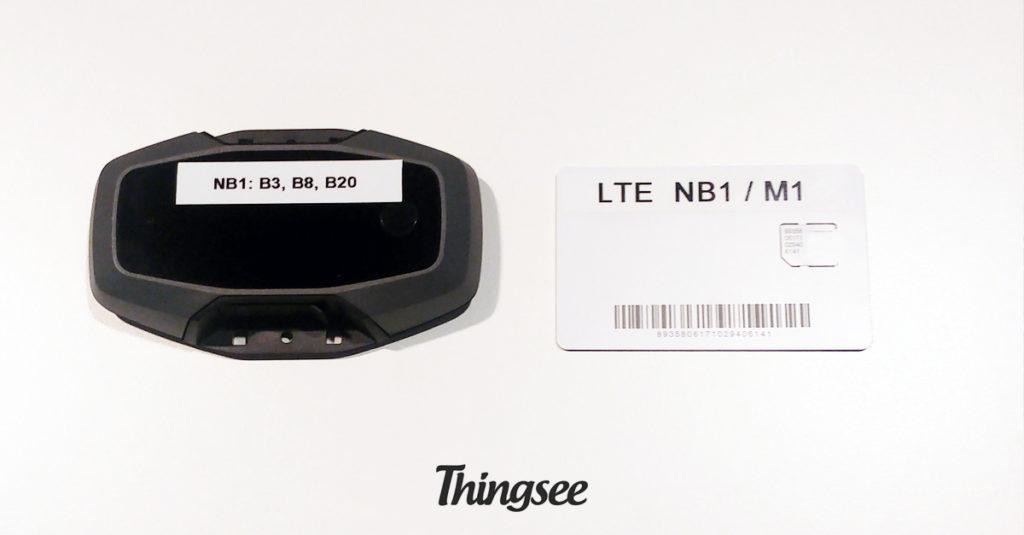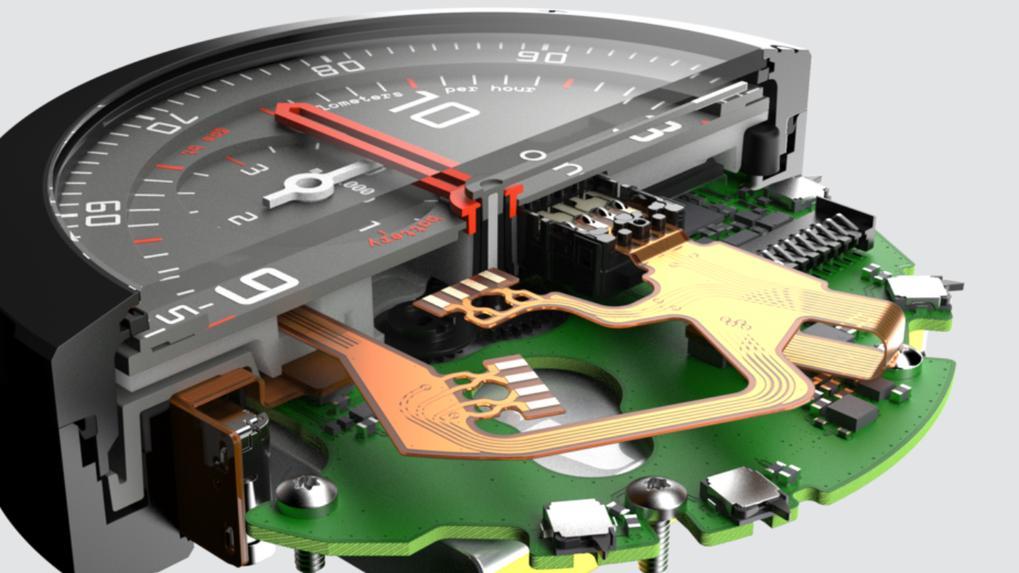Top 5 things to keep in mind when developing GPS products
We have designed our share of GPS tracking devices through the years. Some of the devices have been mere trackers sending out location coordinates at a predefined interval, others performing smart data analytics to understand what data to send and when. Read what our experts thought were the five top things to consider when designing a GPS tracking device.
1. What is your GPS tracking use case?

The first thing you´ll need in order to start the design process of a smart GPS tracking device, is the use case.
What is the device tracking? is it sending car location GPS coordinates or tracking the movement of a hunting dog through the woods?
Each of the use cases have slightly different requirements what comes to the connectivity, battery life and additional features like audio streaming or smart events. Our strong recommendation is to map out the use case really accurately and perhaps even hire an experienced GPS tracking specialist to help with the most common foxholes.
2. Choose the right cellular or other wireless IoT connectivity for GPS Tracking

The right IoT Connectivity is a key decision choice for many reasons. Getting real time GPS data is the basis for any successful equipment tracking and asset inventory solution and you need to think hard a few key factors influencing your choice.
What is the geographical span of your solution? Will you follow high quality assets anywhere in the world? Is your solution focused on following low cost assets on a more restricted area?
In many areas you might do well with LPWAN technology like Sigfox, Lora or proprietary protocols. Nowadays the cellular networks are moving really fast to 4G and 5G connectivity and you might want to think what is best for your solution. New connectivity solutions like NB-IoT and LTE-M will be good choices for many industries.
How long the assets need to be under radar?
Connectivity will influence heavily your battery life. By choosing some of the latest IoT connectivity technologies like NB-IoT and LTE-M you can follow your assets with real time GPS coordinates with very good low power performance.
Do you already know what you want to achieve and what technologies you will use for your solution? If you still hesitate, you can always contact us and we´ll help you with technology selection and supplier choices.
See Haltian connectivity Garage
3. Industrial and mechanics design for GPS devices
Getting the product right from the start is a key factor influencing your whole business. You need to understand how the technology selection influences your business , what are the user requirements and how the environment plays a role.
On top of the right technology choices you will need desirability and performance from the design. How the device communicates to the user where it “wants to be used”, how it fits to the target environment and how it makes the customer believe this product will do the job.
With skilled mechanics and industrial designers you are able to achieve better quality and user experience, design performance to support product longevity and not to mention better manufacturability.
4. GPS device power management
Power management is a key competitive factor for your wireless GPS product. Getting data for longer helps you provide better product performance in the eyes of your customer.
Design for power management is a holistic process influencing many teams inside R&D project.
- Skilled mechanics designers allow for more room for the battery
- Great suppliers get you better and more optimized battery solutions
- With good supplier relationship you get access to latest, more power efficient technologies
- With great low level software expertise you are able to optimize device SW and performance
- Choosing the right connectivity is essential
- Designing power efficient system design allows for best in class performance
- and much, much more.
Did you know that the New Oura Smart Ring is one of the most power efficient wearable devices out there?
5. GPS Tracking Solution architecture and business model

And the last part is how you make happy customers. Nobody uses a device only so you need to put extra focus on achieving a great end to end user experience.
Some questions to ask yourself:
- Where is the location data shown to the customer?
- If it is a smartphone, how do you get data there
- How much is the customer willing to pay?
- How do you pair the device with your solution?
- How is security?
You will need to answer these and many other questions before jumping into GPS product development. In case you have questions we are happy to help!


